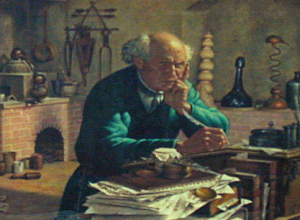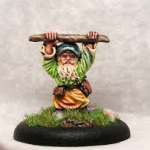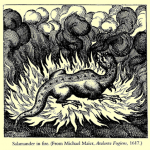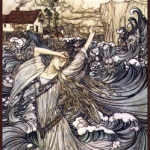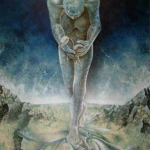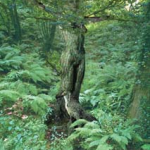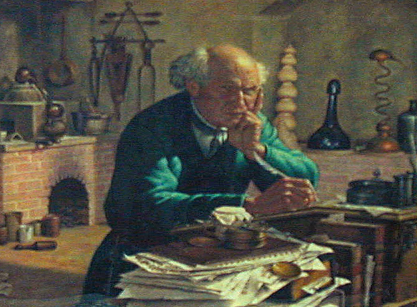
Guide to Nature Spirits – Paracelsus – For Fantasy Writers
Paracelsus, a 16th century alchemist and philosopher, defined nature spirits by breaking them down by the natural elements with which they were associated. Most of the names he used, like faun, were already popular names associated with the types of creatures he was attempting to describe. He claimed “The names have been given by people who did not understand them.”
According to Paracelsus, the elementals or nature spirits, were half spirit and half man who were capable of traveling like spirits but still subject to the needs and diseases of the body. There are many click here to learn more different kinds of spirit beings, but Paracelsus divided them into four main groups–undines, sylphs, gnomes, and salamanders. Among these groups were also creatures known as fauns, and dryads.
Nature Spirits
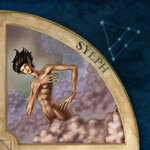 Sylphs
Sylphs
Spirits of the air and wind, Sylphs are taller and stronger than humans. They have a volatile and unreliable nature. They are often considered to be the transformed souls of those who died as virgins.
The occultist Elephas Levi named their emperor Paralda.
Gnomes
Little old men who posses the ability to shift into giants. They are the nature spirits associate with earth, and are usually portrayed as malicious, greedy, and miserable.
Levi, attributed the role of Gnome emperor to Cob.
Salamanders
Thin, red, and dry-skinned spirits, associated with fire. They typically have a temperamental and wrathful character.
Djin is the name given by Levi as the “emperor” of the Salamanders.
Undines
Humanoid spirits of the water, they can take the shape of fish or snakes. They are often described with soft, cold skin, and a sluggish, unreliable nature.
Levi named their emperor Hicks.
Fauns
Spirits of animal life and dwell in woods and forests, acting as guardian spirits of animals (not to be confused with the nature spirits of classical Greek mythology, who were the offspring of the demigod Faunus).
Dryads
Guardian spirits of vegetation, Dryads inhabit trees and fields.
